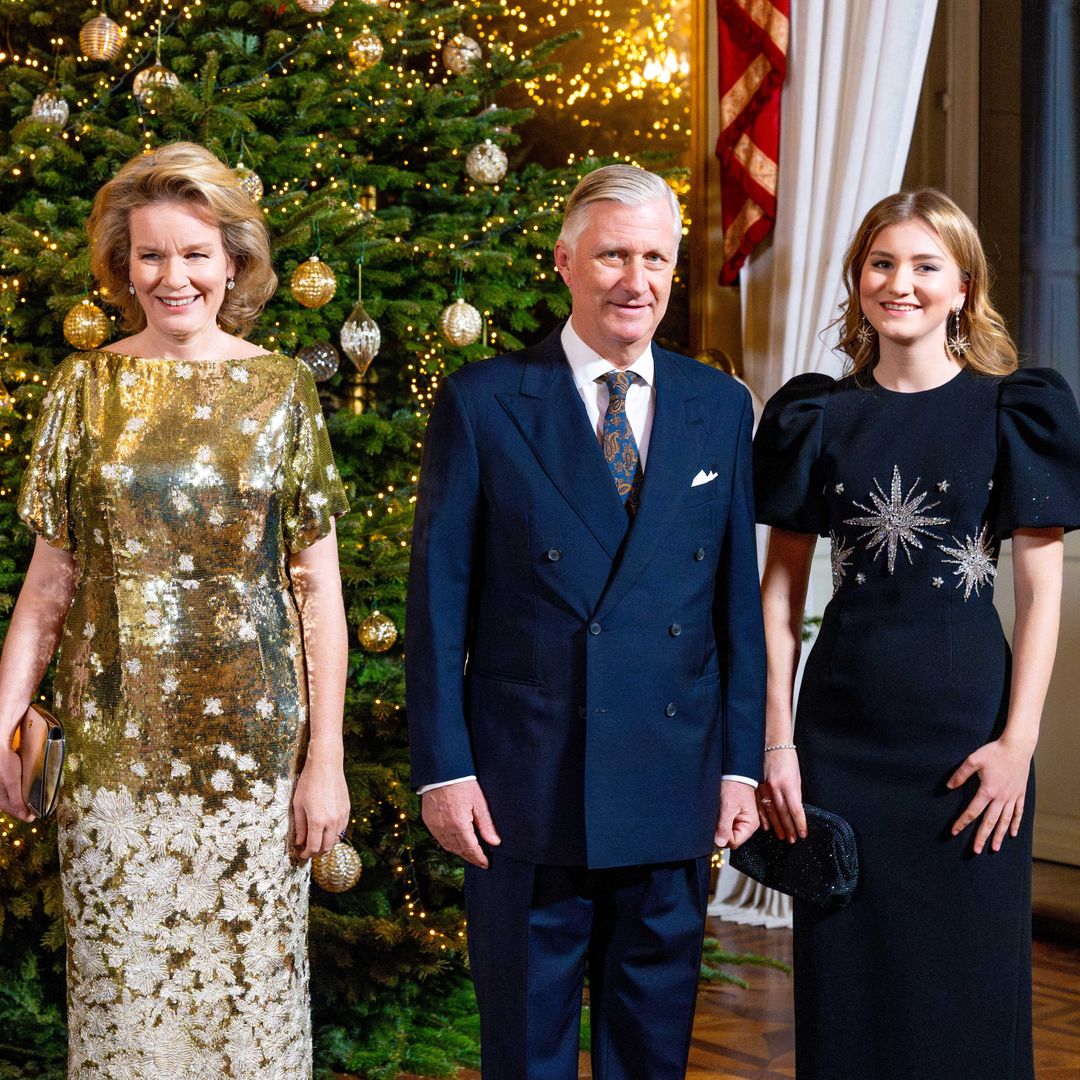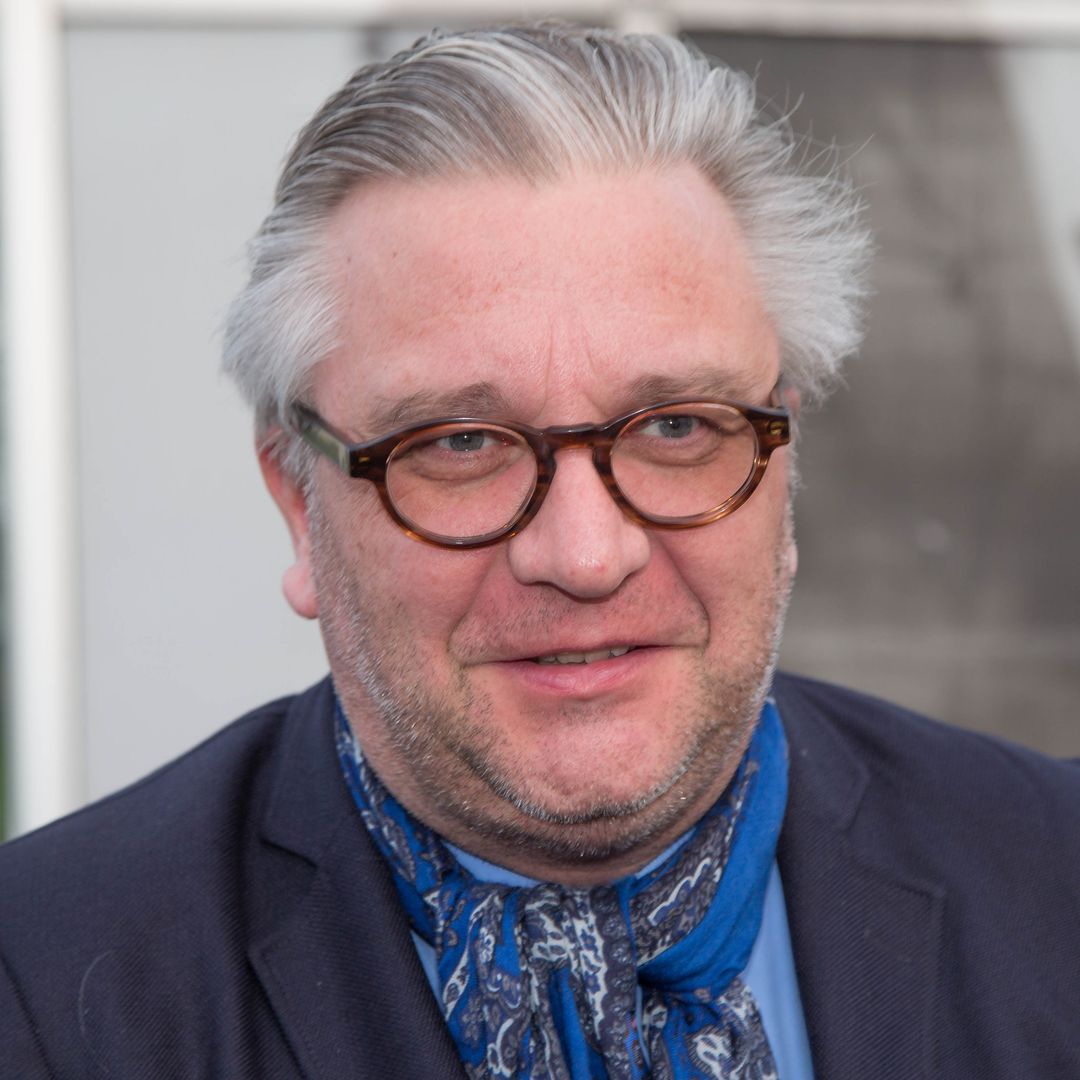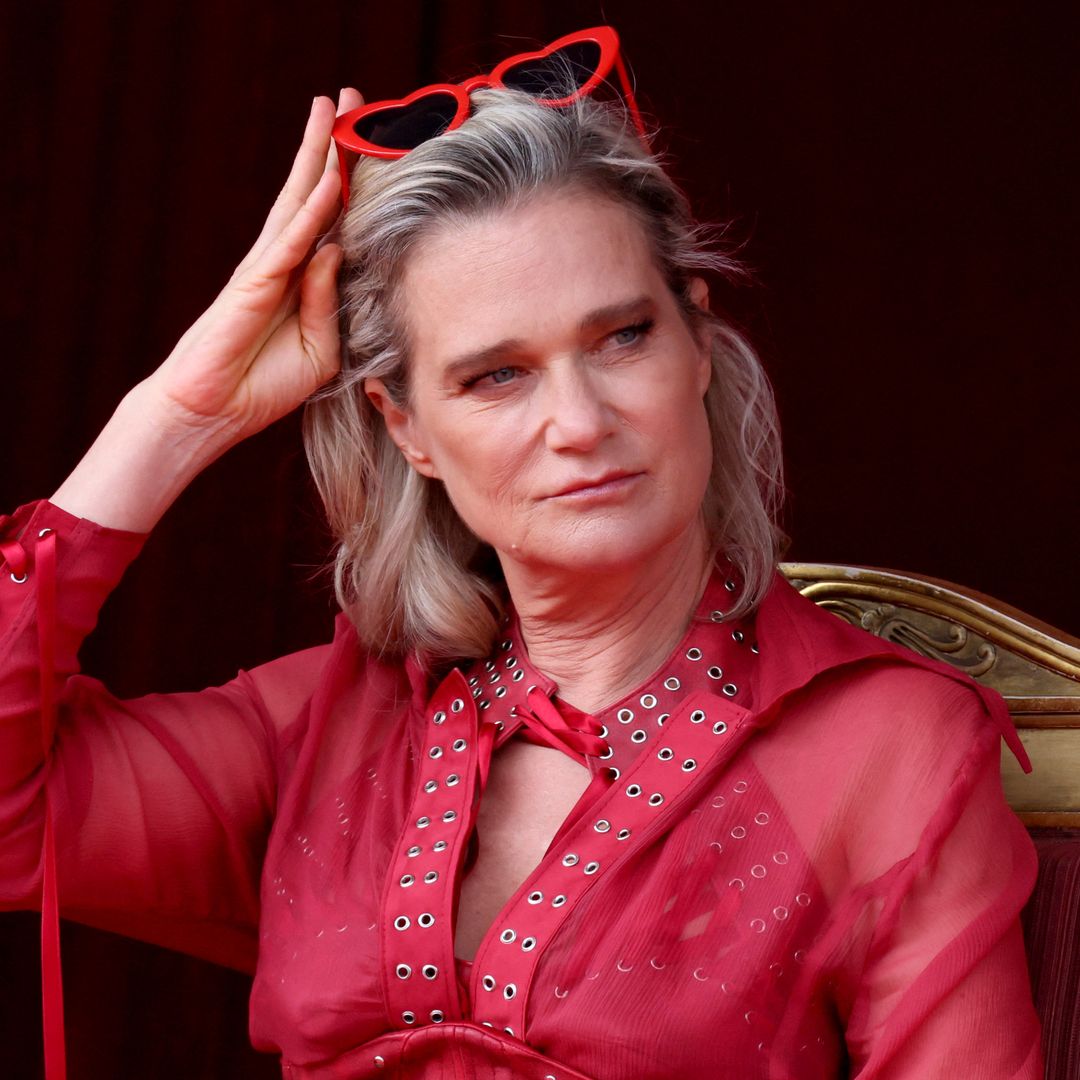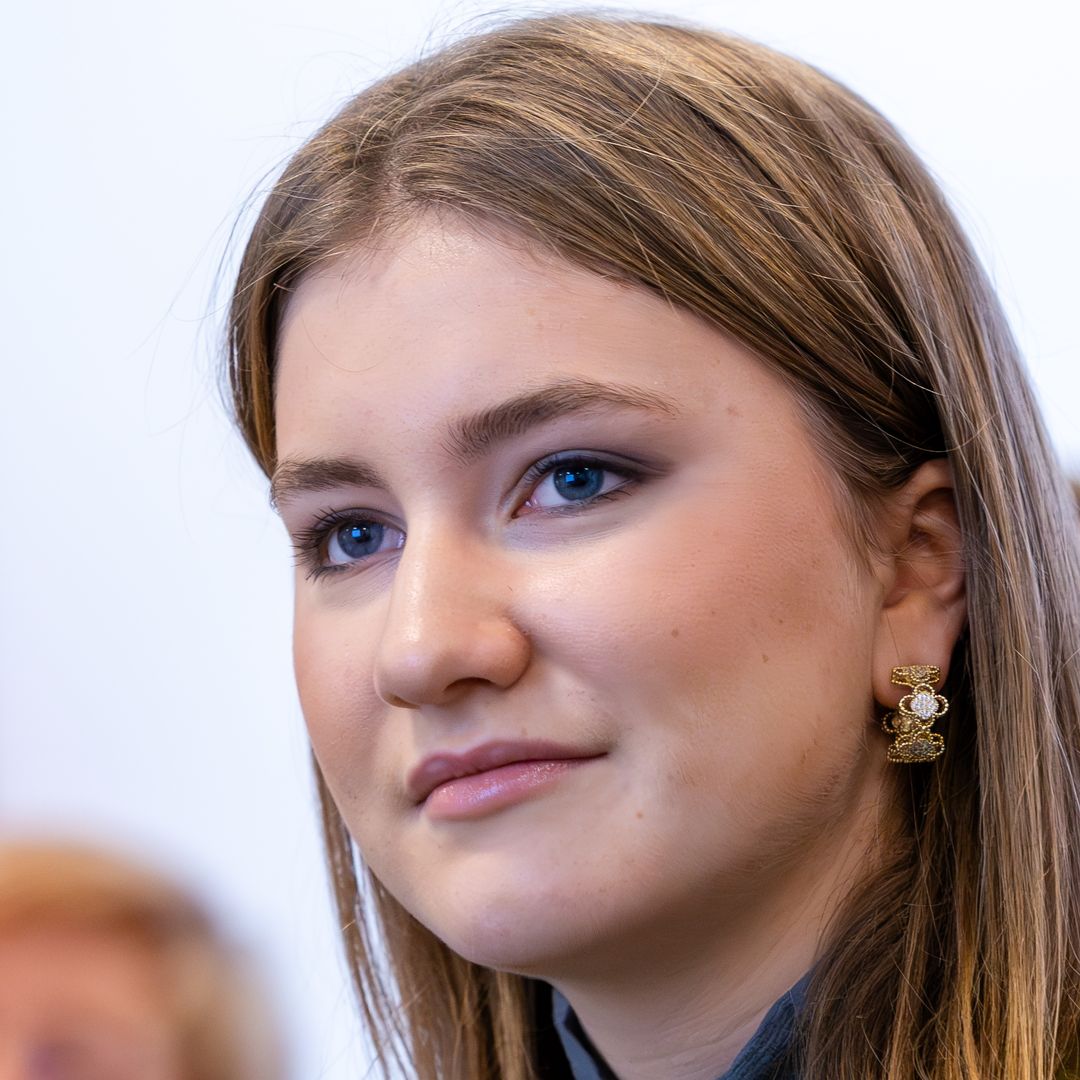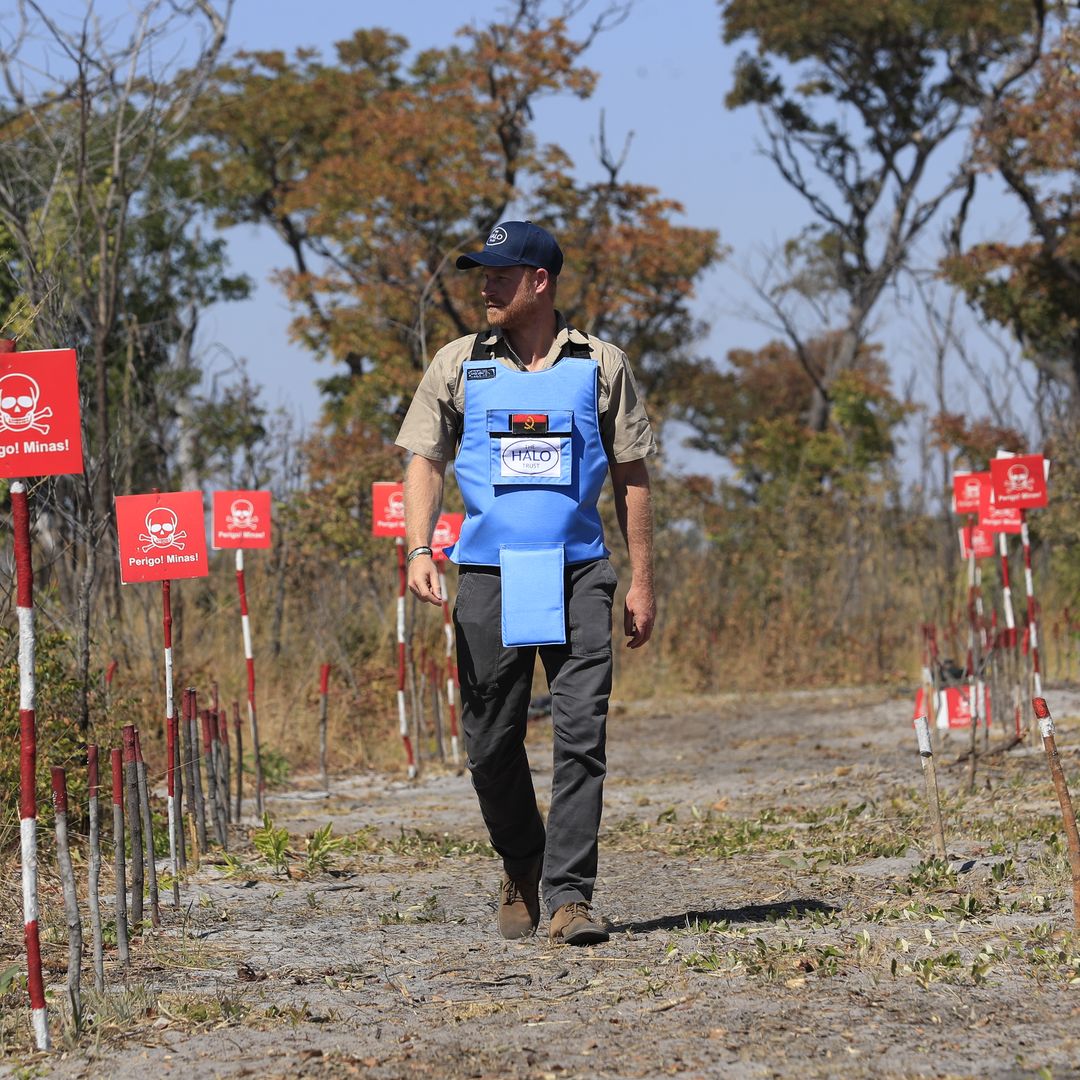After a 1731 fire burnt the Brussels palace of the Dukes of Brabant to the ground, the Austrian government in power at the time transformed the area it had covered into a park bordered by four avenues. Along one avenue four mansions were constructed in 1786 to house senior Austrian representatives and politicians.
One of these - the residence of the former Austrian ambassador - was taken over by King William I of the newly united Netherlands, when he came to power in 1815. William set about enlarging his new home by incorporating another of the nearby mansions into the original building. Work commenced according to a 15-year plan, but budgetary constraints meant no end ever seemed to be in sight, and when a revolution broke out in 1830 construction ceased altogether. At the time, only the royal living quarters and the great antechamber connecting the two grand sections had been completed.
After the revolution Belgium claimed its independence, and the new king, Leopold I, designated the unfinished palace his main residence. Work along the original lines resumed with the ascension to the throne of Leopold II in 1863. The surface area of the palace was doubled, however, and the Dutch-influenced front facade was redesigned after being deemed too austere. By 1903 the transformation was complete.
The palace remained the official royal residence until Queen Astrid died in 1935 and Leopold III relocated to the nearby Castle of Laeken. Today, it houses the king's offices and a museum, while continuing to serve as the primary home of the crown prince.
The official royal website can be found at http://www.monarchie.be/

